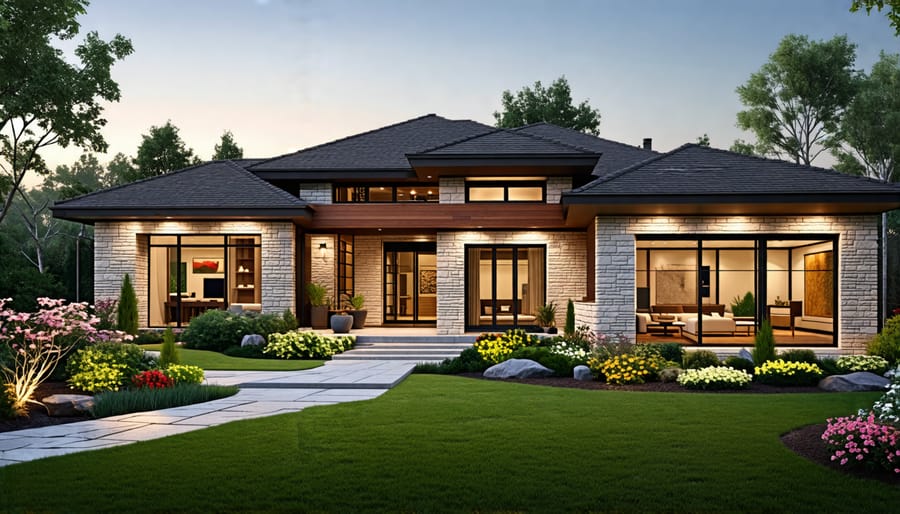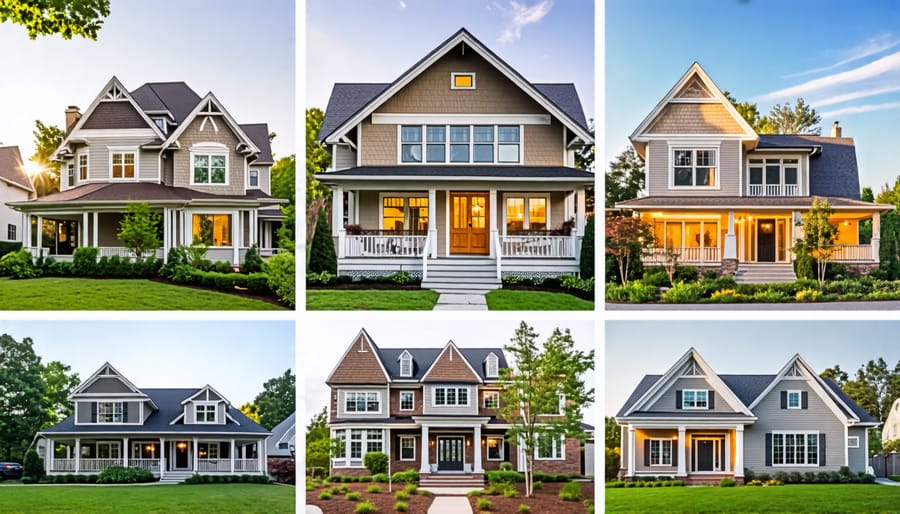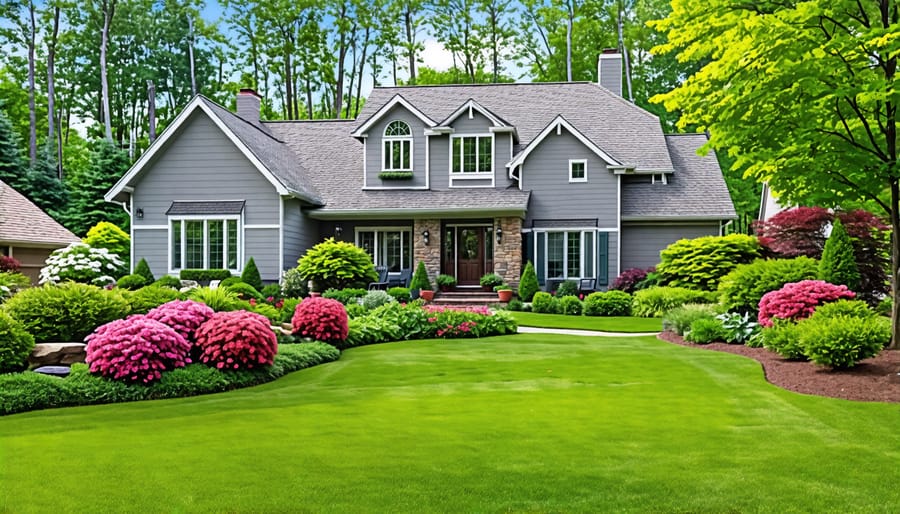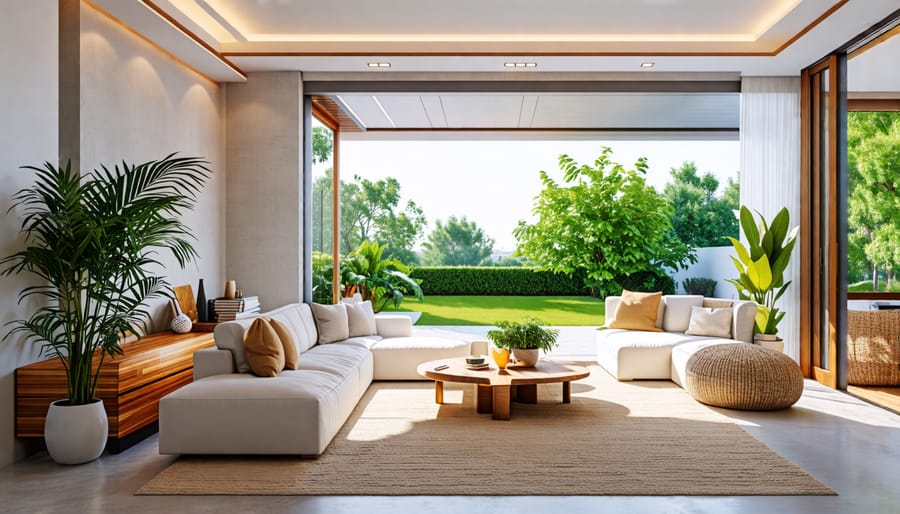
Exterior and Interior Design: Harmonizing Your Home Inside and Out
Create a cohesive design flow by selecting a unifying style that resonates with your taste and complements your home’s architecture. Establish visual harmony between exterior and interior elements through thoughtful color palette choices, complementary materials, and consistent design motifs. Prioritize functionality and comfort in your design decisions to create inviting, livable spaces that suit your lifestyle needs.
Establishing Your Home’s Overall Style
Considering Your Home’s Architecture
When planning your home’s design, it’s essential to consider the existing architecture. Your home’s architectural style, whether it’s a classic Victorian, a sleek modern, or a cozy craftsman, should guide your choices for both exterior and interior elements. Embrace the unique features of your home’s architecture, such as intricate moldings, expansive windows, or exposed beams, and let them inspire your design decisions. By working with your home’s inherent style, you can create a cohesive and harmonious look that feels authentic and intentional. However, this doesn’t mean you can’t incorporate your personal touch. Aim to find a balance between honoring your home’s architecture and infusing your own style preferences. Whether you choose to complement the existing style or create an eclectic mix, ensuring that the overall design flows seamlessly from the exterior to the interior will result in a space that feels both stylish and inviting.

Reflecting Your Personal Tastes
Your home’s design should be a reflection of your personality and individual tastes. Don’t be afraid to incorporate elements that speak to you, even if they don’t fit neatly into a specific style category. Mix and match patterns, colors, and textures that bring you joy and create a space that feels authentically you. Consider showcasing unique pieces that hold sentimental value or tell a story about your life experiences. Whether it’s a bold accent wall, an eclectic gallery wall featuring your favorite artwork, or a cozy reading nook with your most treasured books, infusing your personal touch into your home’s design will make it feel like a true haven tailored just for you. Remember, there are no hard and fast rules when it comes to expressing your style – trust your instincts and let your creativity shine through in every design choice you make.
Exterior Design Elements

Landscaping for Style and Function
When landscaping your home’s exterior, consider your home’s architectural style and choose elements that complement its features. For a modern home, opt for clean lines, geometric shapes, and minimalist plantings like ornamental grasses and succulents. Traditional homes benefit from classic designs featuring symmetrical layouts, manicured hedges, and formal gardens with roses and boxwood. Cottage-style homes thrive with informal, abundant plantings of colorful perennials and climbing vines on trellises. Incorporate functional elements like well-defined paths, seating areas, and accent lighting to create inviting outdoor living spaces that seamlessly extend your interior design style. Add personal touches with unique garden art, water features, or container gardens that reflect your taste and create a welcoming atmosphere. By thoughtfully selecting landscaping elements that harmonize with your home’s architecture and your interior design choices, you can create a cohesive and stunning overall aesthetic that enhances both style and functionality.
Choosing Exterior Colors and Materials
When selecting exterior colors and materials, consider your home’s architectural style and the surrounding environment. Choose a cohesive color palette that complements your home’s features and enhances its curb appeal. For a timeless look, opt for neutral hues like white, gray, or beige, which can be accented with bolder colors on doors, shutters, or trim. If you prefer a more vibrant appearance, consider earthy tones like sage green or terracotta, or even more daring choices like navy blue or deep red.
In addition to paint, explore various exterior materials such as brick, stone, siding, and stucco. Each material offers unique textures and visual interest that can elevate your home’s aesthetic. For example, natural stone veneer adds rustic charm, while smooth stucco creates a sleek, contemporary feel. When mixing materials, ensure they harmonize with one another and align with your overall design vision.
Don’t forget about your roof, as it plays a significant role in your home’s exterior appearance. Choose roofing materials and colors that complement your façade and contribute to the overall cohesiveness of your design. Whether you opt for traditional asphalt shingles, clay tiles, or metal roofing, ensure that your choice enhances your home’s architectural style and provides lasting durability.

Carrying the Style Inside
Defining Interior Color Palettes
When selecting interior colors, consider the palette of your home’s exterior to create a seamless flow between the inside and outside. Start by identifying the dominant colors from your exterior, such as the main paint color, trim, and accent hues. These colors can serve as a starting point for your interior palette, helping to establish a cohesive look.
Next, decide whether you want your interior to complement or contrast with the exterior. Complementary schemes use colors that are similar in tone and intensity, creating a harmonious feel. Contrasting schemes introduce bold, distinct colors that add visual interest and energy to the space.
When choosing specific colors, consider the mood you want to create in each room. Warm colors like reds, oranges, and yellows can make a space feel cozy and inviting, while cool colors like blues, greens, and purples can evoke a calming, relaxing atmosphere. Neutral colors such as whites, grays, and beiges provide a versatile backdrop that can be easily accessorized with pops of color.
Finally, don’t forget to factor in the natural light each room receives, as this can significantly impact how colors appear throughout the day. By carefully selecting interior colors that flow with your home’s exterior, you can create a cohesive and stylish design that feels both inviting and intentional.
Selecting Furniture and Decor
When selecting furniture and decor for your home, consider pieces that complement your overall design style. For a cohesive look, choose items with colors, patterns, and materials that work well with your exterior color schemes and interior palette. Opt for furniture with proportions that fit the scale of each room, and arrange pieces to create a balanced, inviting layout. Incorporate a mix of textures, such as plush upholstery, smooth wood, and woven accents, to add visual interest and depth to your spaces. Don’t be afraid to express your personal style through unique decor items, like artwork, sculptures, or vintage finds. Remember, the key is to select pieces that not only look great but also contribute to the overall functionality and comfort of your home.
Creating Outdoor Living Spaces
Creating outdoor living spaces has become increasingly popular as homeowners seek to blur the lines between indoors and outdoors. By extending your living area into the backyard or patio, you can enjoy the benefits of fresh air and natural light while still having all the comforts of home. To create a stylish and functional outdoor living space, start by considering the overall style of your home and choosing complementary furniture and decor. Comfortable seating is a must, whether you opt for plush couches, cozy armchairs, or a dining set for alfresco meals. Don’t forget to add some shade with a pergola, umbrella, or retractable awning to make the space usable even on hot, sunny days.
Incorporate elements of your indoor design, such as interior color palettes, textures, and patterns, to create a cohesive look. Outdoor rugs, throw pillows, and curtains can add softness and style while also defining different zones within the space. Lighting is another essential component, with options ranging from string lights and lanterns to built-in fixtures and fire pits for ambiance and warmth. Finally, personalize your outdoor living area with plants, artwork, and accessories that reflect your taste and make the space feel like an extension of your home. With these elements in place, you’ll have a beautiful and inviting outdoor oasis to enjoy with family and friends.
Conclusion
In conclusion, harmonizing your home’s exterior and interior design offers numerous benefits, from boosting curb appeal and property value to creating a seamless, inviting atmosphere for you and your guests. By considering your overall style, carefully selecting exterior elements, and making purposeful interior choices that complement the outside, you can achieve a cohesive look that truly reflects your personality and taste. Don’t forget the importance of outdoor living spaces in tying everything together and extending your living area. As you embark on your design journey, remember to view your home holistically, ensuring that each decision contributes to the overall aesthetic you want to achieve. With thoughtful planning and attention to detail, you can create a beautiful, harmonious home that you’ll love inside and out.
